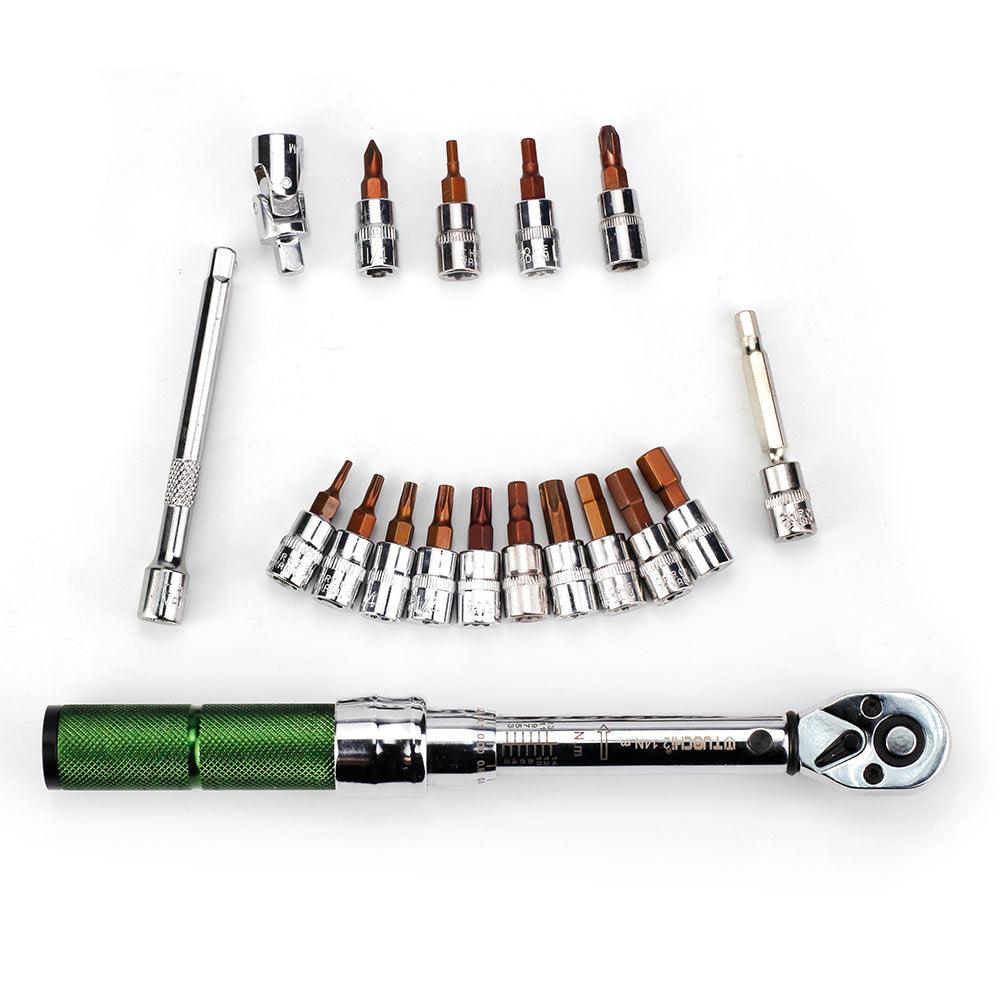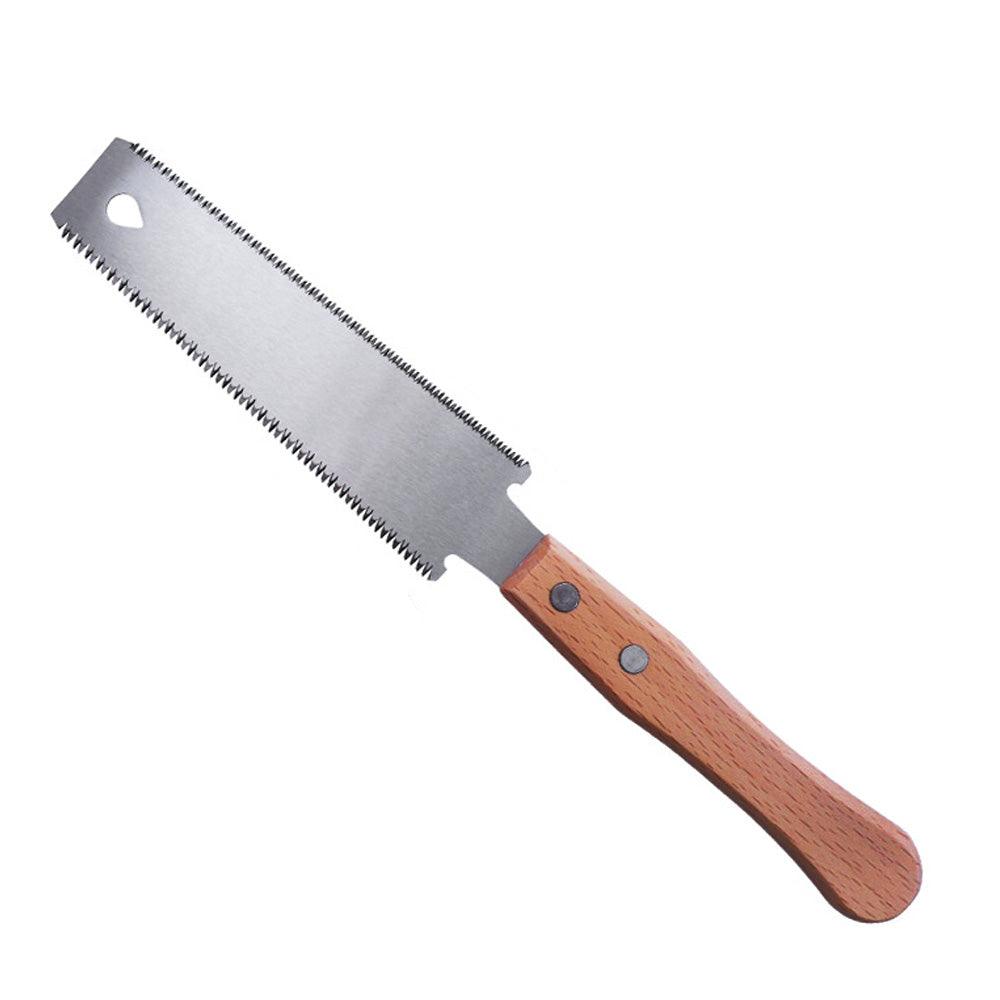MORE HAND TOOLS
What are the different hand tools and its uses
Hand tools are essential instruments that are operated manually to perform various tasks. They are widely used in industries, construction, woodworking, automotive repair, and countless other applications. Here are some of the different hand tools and their uses:
1. Screwdriver: A screwdriver is a handheld tool with a handle and a shaft ending in a tip of various shapes and sizes. It is used to tighten or loosen screws by applying torque. Different types of screwdrivers include flathead, Phillips, Torx, and Allen wrenches.
2. Hammer: A hammer consists of a handle and a weighted head. It is used for driving nails, striking objects, and shaping metal. There are different types of hammers, such as claw hammers for removing nails, ball peen hammers for metalworking, and sledgehammers for heavy-duty tasks.
3. Pliers: Pliers have two handles connected by a pivot, with jaws at the end. They are used for gripping, bending, cutting, and holding objects. Common types of pliers include slip-joint pliers, needle-nose pliers, and wire cutters.
4. Wrench : A wrench, also known as a spanner, is a tool used for gripping and turning nuts, bolts, and other fasteners. It comes in various sizes and types, including adjustable wrenches, socket wrenches, and combination wrenches.

5. Tape Measure: A tape measure is a flexible ruler used to measure distances. It typically has markings in both metric and imperial units and is indispensable in construction, carpentry, and various other trades.
6. Level: A level is a tool used to determine if a surface is horizontal (level) or vertical (plumb). It helps ensure accurate alignment and positioning of objects. Levels may be bubble levels, laser levels, or digital levels.
7. Chisel: A chisel is a sharp-edged tool with a handle used for cutting or shaping wood, metal, or stone. It is struck with a mallet or hammer to remove material or create intricate designs.
8. Handsaw Handsaw: A handsaw is a cutting tool with a blade and a handle, used for cutting wood or other materials by hand. There are different types of handsaws, including crosscut saws, rip saws, and coping saws.

9. Utility Knife: A utility knife is a versatile cutting tool used for various tasks such as cutting boxes, opening packages, and trimming materials. It typically has a retractable blade for safety.
10. Files: Files are abrasive tools used for shaping, smoothing, and removing material from surfaces. They come in different shapes and sizes, such as flat files, round files, and half-round files.
11. Wrecking Bar: A wrecking bar, also known as a pry bar or crowbar, is a long, straight metal bar with a flattened end. It is used for prying and removing nails, lifting heavy objects, and demolition work.
12. Measuring Tools: Measuring tools include items like calipers, micrometers, and rulers, which are used to accurately measure dimensions, thickness, or distances.
13. Bolt Cutters: Bolt cutters are heavy-duty cutting tools used for cutting through chains, bolts, and wire. They have long handles and robust jaws for maximum cutting force.
14. Hacksaw: A hacksaw is a fine-toothed saw used for cutting metal, plastic, and other materials. It consists of a frame with a removable blade.
15. Wrecking Bar: A wrecking bar, also known as a pry bar or crowbar, is a long, straight metal bar with a flattened end. It is used for prying and removing nails, lifting heavy objects, and demolition work.
16. Trowel: A trowel is a handheld tool with a flat, pointed blade used for applying and smoothing mortar, plaster, or concrete.
17. Wire Strippers: Wire strippers are used for removing insulation from electrical wires to expose the conductive metal. They have notched blades or jaws that cut through the insulation without damaging the wire.
18. Pincers: Pincers, also known as pliers or nippers, are used for gripping and pulling objects, particularly nails or wires. They have long handles and sharp jaws for maximum grip.
19. Awl: An awl is a pointed tool used for piercing or marking materials like wood or leather. It has a handle and a sharp, tapered tip.
These are just a few examples of the many hand tools available. Each tool has its specific purpose and function, and their proper use ensures efficiency, accuracy, and safety in various tasks and industries.




